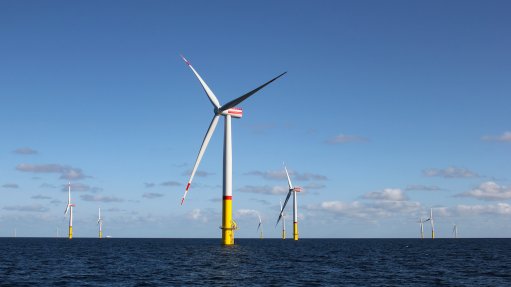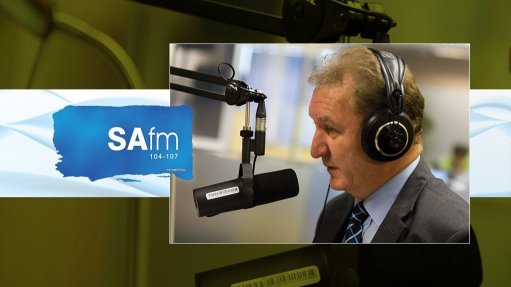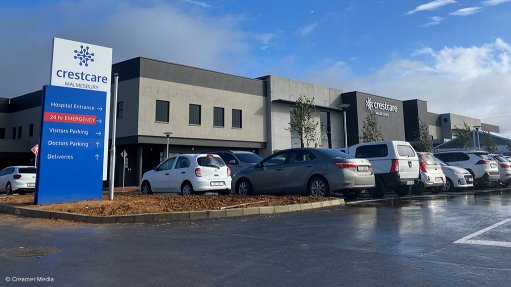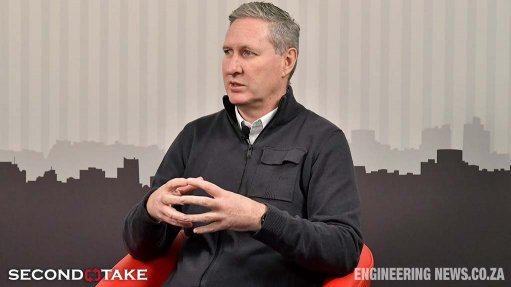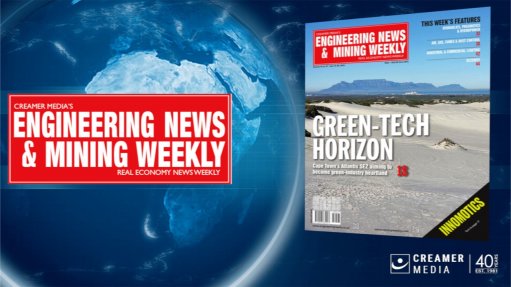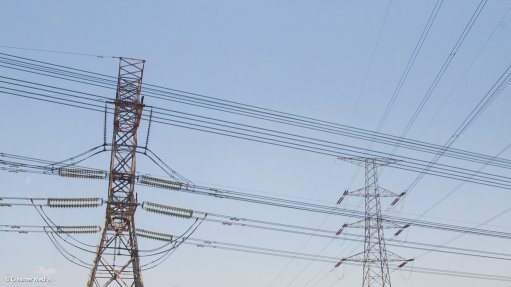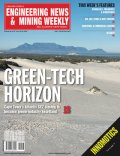Migrant labour system lies at heart of mine unrest – Hartford
JOHANNESBURG (miningweekly.com) – The migrant labour system, which has remained largely unaltered in the post-apartheid period, lies at the heart of the South African mining industry’s current economic and social crisis, says The Esop Shop CEO Gavin Hartford in an 11-page paper.
The industrial sociologist advocates a radical re-think of the future of migrant labour, collective bargaining and the manager/employee interface in the mining industry, which he charges with remaining a prisoner of its apartheid past by continuing to impose a punishing yearly work cycle that spawns social evils.
The migratory conditions have led, he says, to a double economic burden, driven by the “living-out allowance”, which resulted in most migrant employees living in newly constructed, zinc shacks in Rustenburg's platinum belt.
These effective secondary homes, adds Hartford, are typically characterised by the acquisition of a second or third wife - a dinyatsi - plus additional accommodation expenses associated with “living out”.
While this new socioeconomic condition adds significantly to the wage pressure, the collective bargaining processes and institutions failed to see the signs of discontent.
Notwithstanding annualised real wage increases, the migrant mineworkers became significantly worse off, particularly in respect of the actual amount of money sent back to their rural homes.
No post-apartheid attempt has been made to pursue best practice that rebuilds the migrant miner's nuclear family through shorter work cycles.
This, Hartford hypothesises, is the Achilles heel that propelled in particular the striking rock-drill operators (RDOs), who do the toughest, most dangerous, core function and have long-standing perceptions of relative under payment.
The RDOs, who are overwhelmingly migrant and functionally illiterate, are primarily from the Lusikisiki/Flagstaff area of the Eastern Cape but also taking in most of Pondoland, from the Mthatha river in the south to the Msikaba river in the north.
They have long service, are typically 45 to 55 years of age and have generally gained the least from post-apartheid South Africa.
The migrant labour system - the double family burden carried by many migrant workers - together with their working conditions being of the most physically demanding and dangerous, has further inspired migrants to go to the forefront of the strike wave.
All of these socioeconomic features provide a contextual tinderbox to fuel the fire of mineworker anger, says Hartford.
The Labour Relations Act gave statutory legitimacy to collective bargaining institutions, with the negotiating parties leading themselves into an illusionary co-dependent comfort zone characterised by material benefits to labour union representatives; heavy management reliance on union-driven, collective processes which trumped any real and sustained direct employee engagement, and little actual verification of on-the-ground union constituency-based accountability to its membership.
There was growing production management disownership of employee communications in favour of reliance on human resources and unions to drive communication to employees, with almost a complete absence of independent verification of employee sentiment and views.
Hartford asserts that the striking workers have been the victims of a wage bargaining practice that has left them alienated from their union and the company.
The wage bargaining has been characterised by percentage-based wage adjustments where the senior employees in the bargaining unit get a percentage or two less than the junior entry-level employees.
While this percentage adjustment practice made optical sense in that the senior employees at the top received a percentage less than the most junior employees at the bottom, the actual rand and cents outcome was the opposite.
In reality, year on year for the last decade or more, the actual rands and cents cash reward for the bottom was significantly less than for those in the upper echelons of the bargaining unit. Wage stratification inside the bargaining unit, between the top and the bottom, grew, which left the low-paid migrant vulnerable and angry.
Hartford proposes that a new migratory labour model be founded on human dignity, shorter work cycles within continuous operations, significant pay rewards in a flat remuneration structure and modern living quarters for migrants, underpinned by an efficient migrant commuter transport network.
Freedom of association, worker democracy and union accountability needs to be deepened and line management functions transformed.
At the centre of this “back to basics” transformation, Hartford concludes, is the need to elevate human dignity, in both word and deed, to the centre of a new South African mining dispensation.
Comments
Press Office
Announcements
What's On
Subscribe to improve your user experience...
Option 1 (equivalent of R125 a month):
Receive a weekly copy of Creamer Media's Engineering News & Mining Weekly magazine
(print copy for those in South Africa and e-magazine for those outside of South Africa)
Receive daily email newsletters
Access to full search results
Access archive of magazine back copies
Access to Projects in Progress
Access to ONE Research Report of your choice in PDF format
Option 2 (equivalent of R375 a month):
All benefits from Option 1
PLUS
Access to Creamer Media's Research Channel Africa for ALL Research Reports, in PDF format, on various industrial and mining sectors
including Electricity; Water; Energy Transition; Hydrogen; Roads, Rail and Ports; Coal; Gold; Platinum; Battery Metals; etc.
Already a subscriber?
Forgotten your password?
Receive weekly copy of Creamer Media's Engineering News & Mining Weekly magazine (print copy for those in South Africa and e-magazine for those outside of South Africa)
➕
Recieve daily email newsletters
➕
Access to full search results
➕
Access archive of magazine back copies
➕
Access to Projects in Progress
➕
Access to ONE Research Report of your choice in PDF format
RESEARCH CHANNEL AFRICA
R4500 (equivalent of R375 a month)
SUBSCRIBEAll benefits from Option 1
➕
Access to Creamer Media's Research Channel Africa for ALL Research Reports on various industrial and mining sectors, in PDF format, including on:
Electricity
➕
Water
➕
Energy Transition
➕
Hydrogen
➕
Roads, Rail and Ports
➕
Coal
➕
Gold
➕
Platinum
➕
Battery Metals
➕
etc.
Receive all benefits from Option 1 or Option 2 delivered to numerous people at your company
➕
Multiple User names and Passwords for simultaneous log-ins
➕
Intranet integration access to all in your organisation







